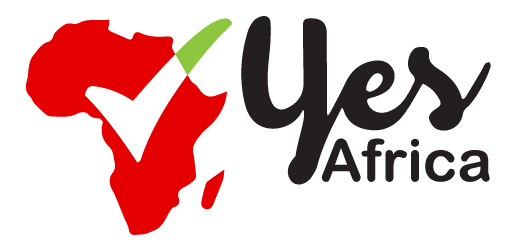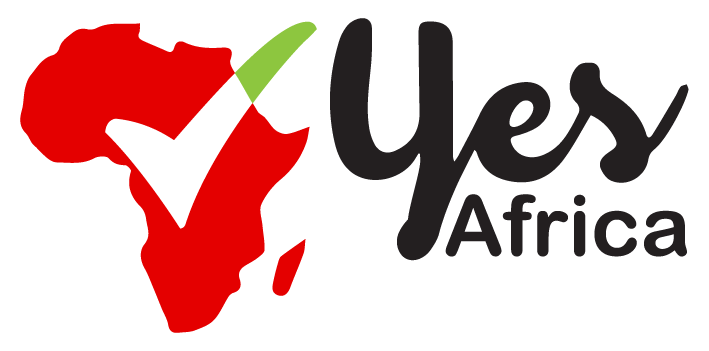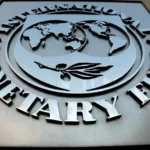South Africa is grappling with a significant tax revenue loss of R3 billion following the departure of approximately 38,000 high-income earners who have ended their tax residency in the country.
This trend was highlighted in the South African Revenue Service’s (SARS) 2024 annual tax statistics, describing the financial strain caused by the relocation of wealthy taxpayers.
In 2022, South Africa’s tax-to-GDP ratio reached 27.1%, significantly higher than the African average of 16%. This reliance on taxation highlights the critical role of high-income earners in sustaining public services and economic stability. However, the loss of wealthy taxpayers jeopardizes this balance, creating a revenue gap that could hinder government operations and social programs.
According to Trading Economics, South Africa has the highest personal income tax (PIT) rate in the continent, standing at 45%. This is followed by Senegal, where the PIT rate is 43% while Zimbabwe ranks third with a rate of 41.20%.
- Advertisement -
Since the individuals who declared non-residency status in South Africa are no longer liable for tax obligations within the country, SARS’s ability to collect revenue has been diminished.
Personal income tax (PIT) constitutes the largest share of South Africa’s tax revenue due to its progressive structure. Corporate income tax (CIT) and value-added tax (VAT) also contribute significantly, further emphasizing the fiscal challenges posed by these departures.
The relocation of these wealthy taxpayers has created social and economic difficulties, such as concerns about economic prospects, security, and governance. Although non-residents remain taxed on South African-sourced income, their contributions are minimal compared to the revenue lost from their PIT obligations.
To mitigate these losses, SARS may need to balance its tax system and sustain economic growth amidst declining collections. This can be done by exploring measures to retain high-income earners, improving tax compliance, and diversifying revenue streams.










